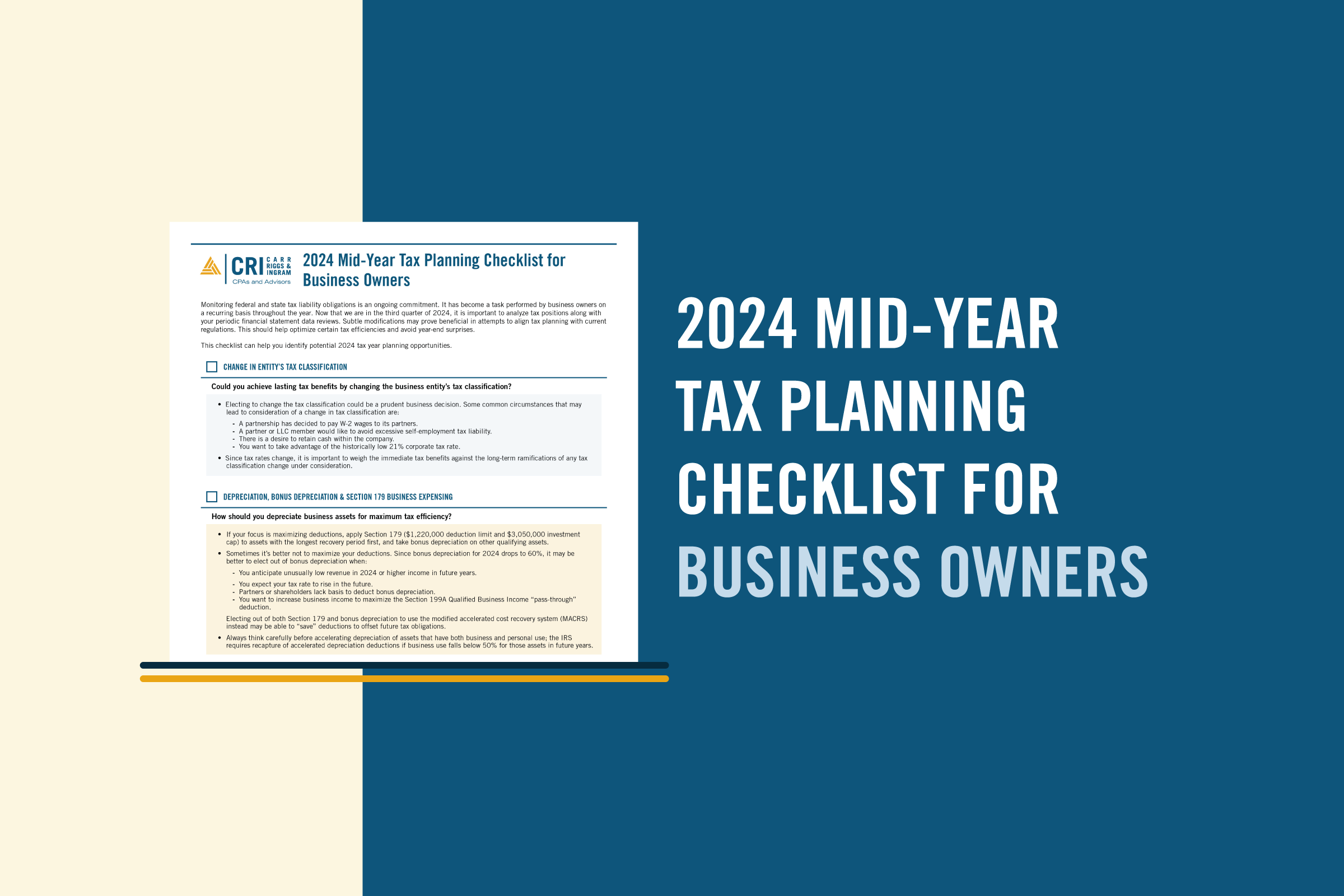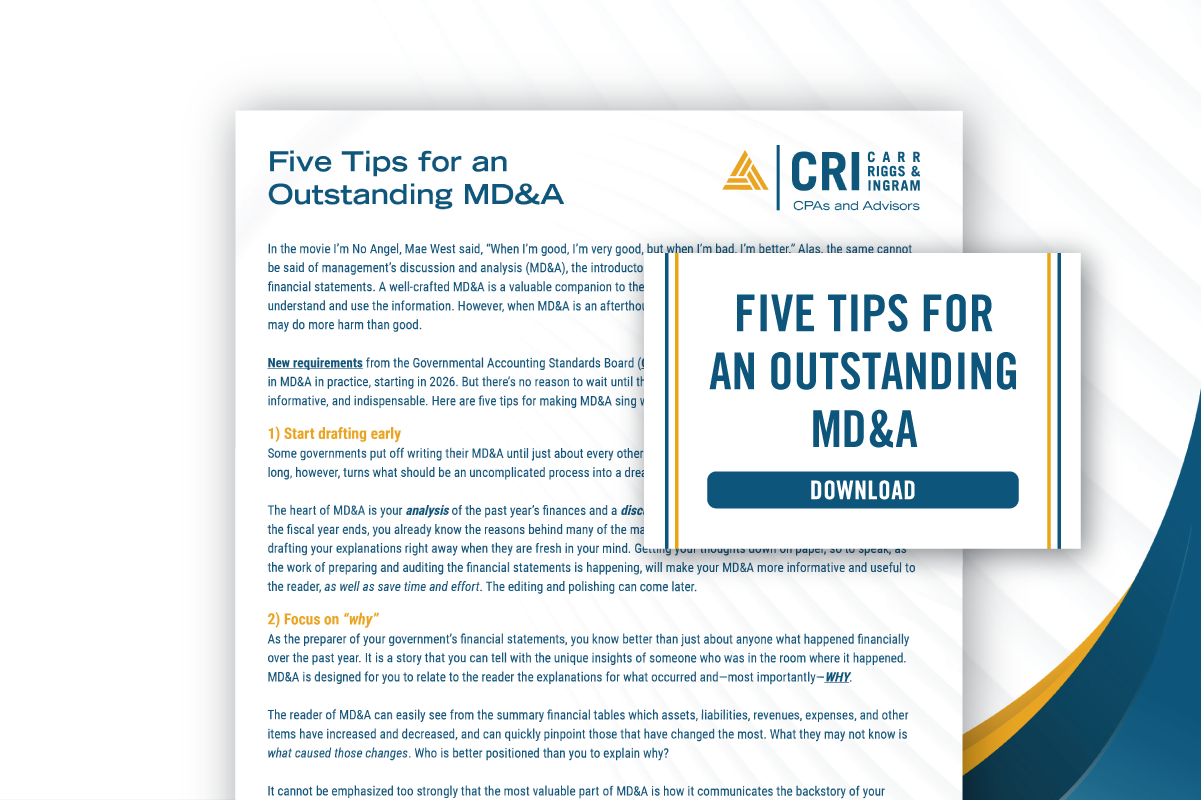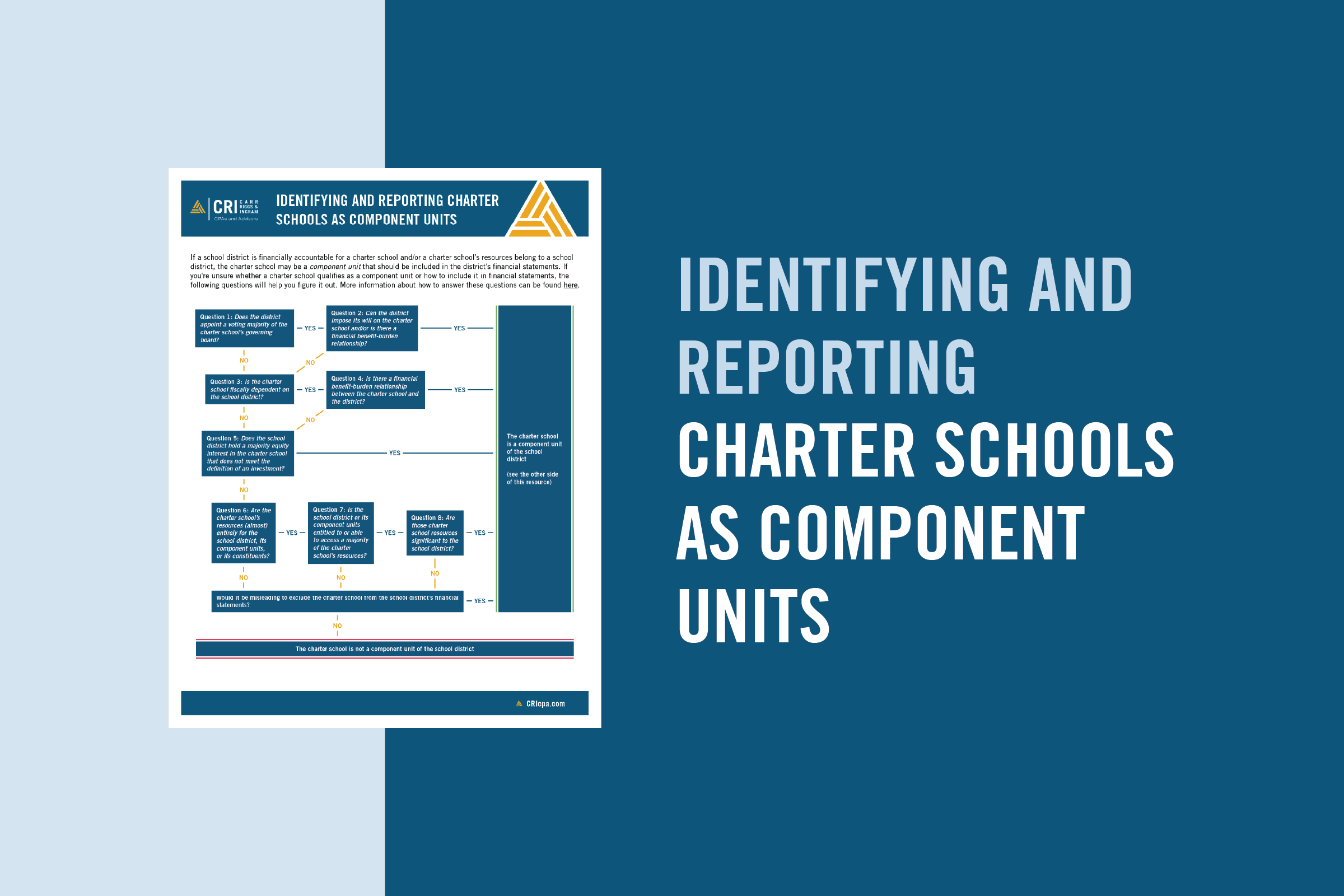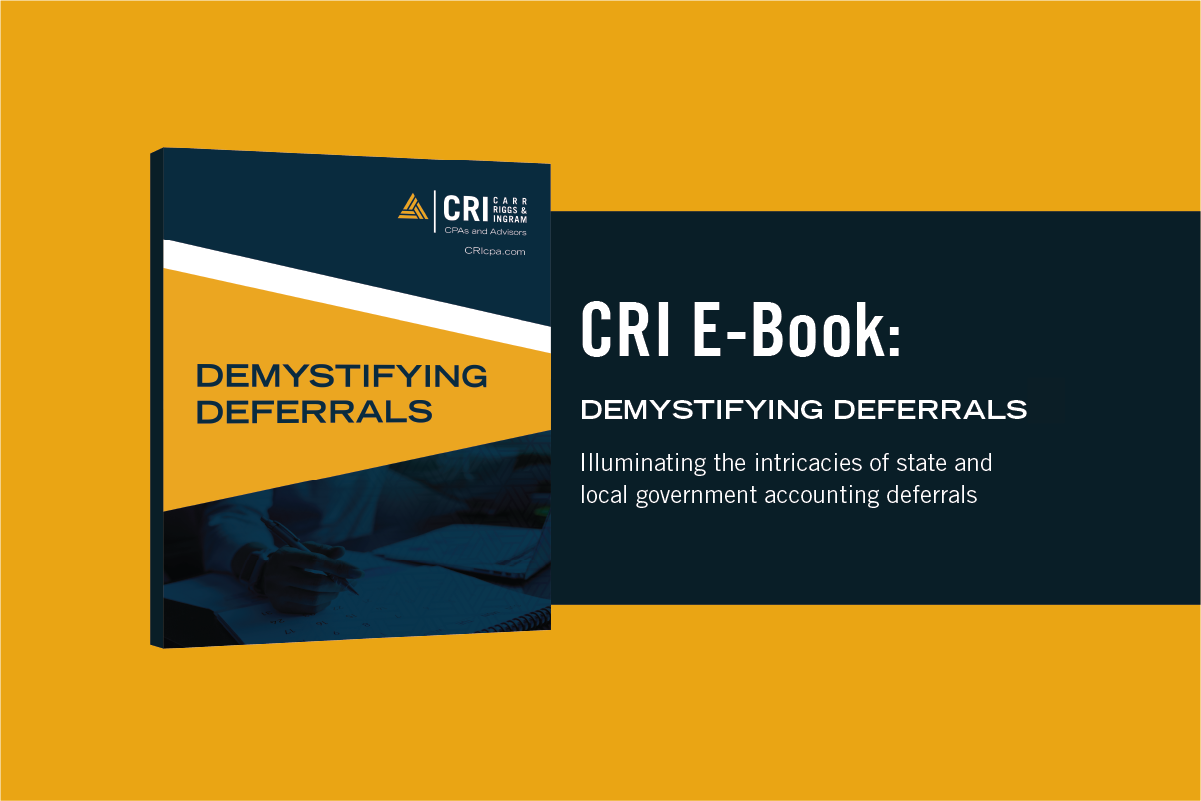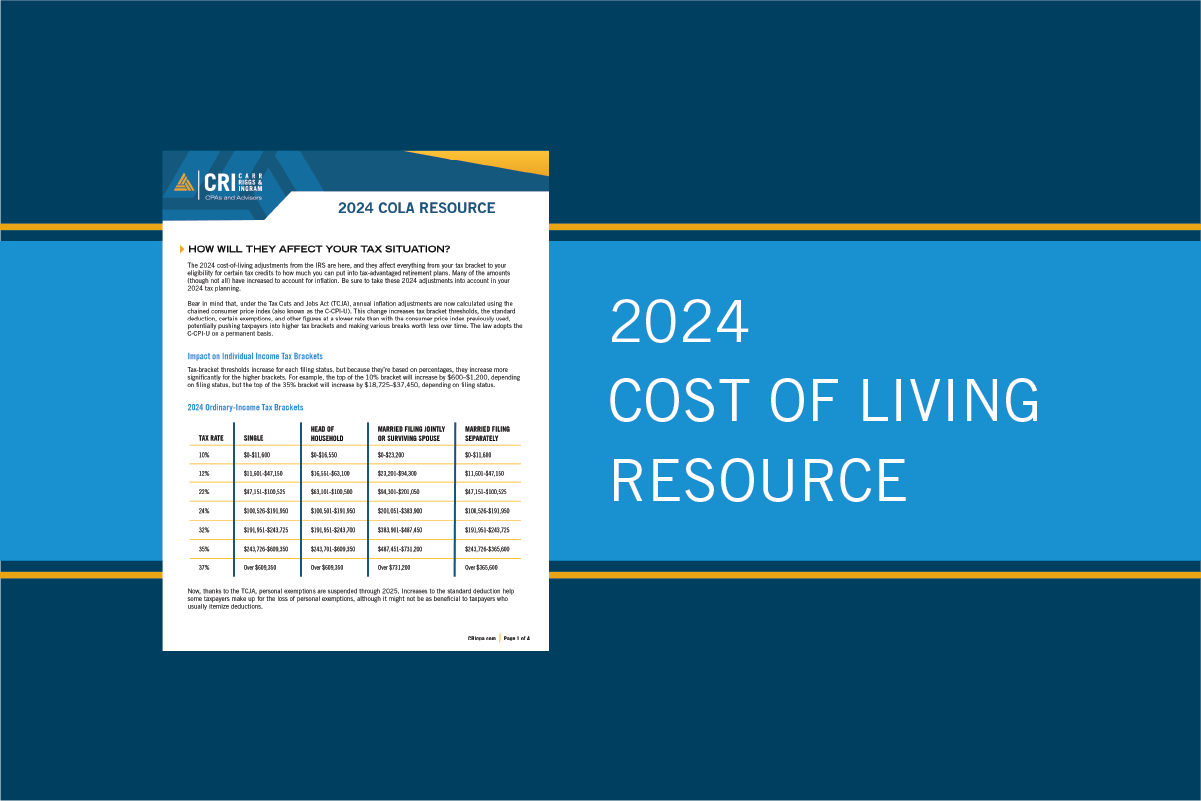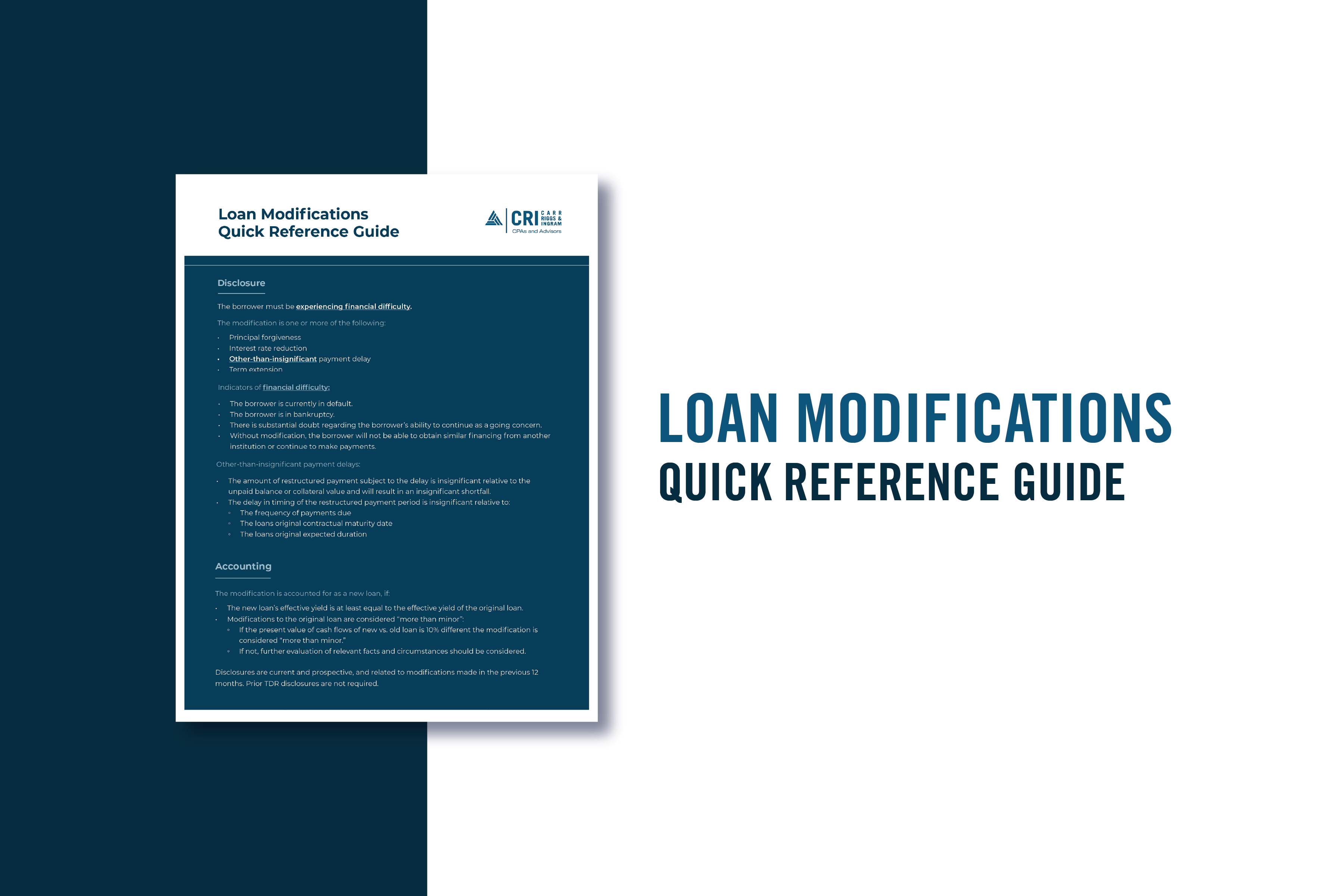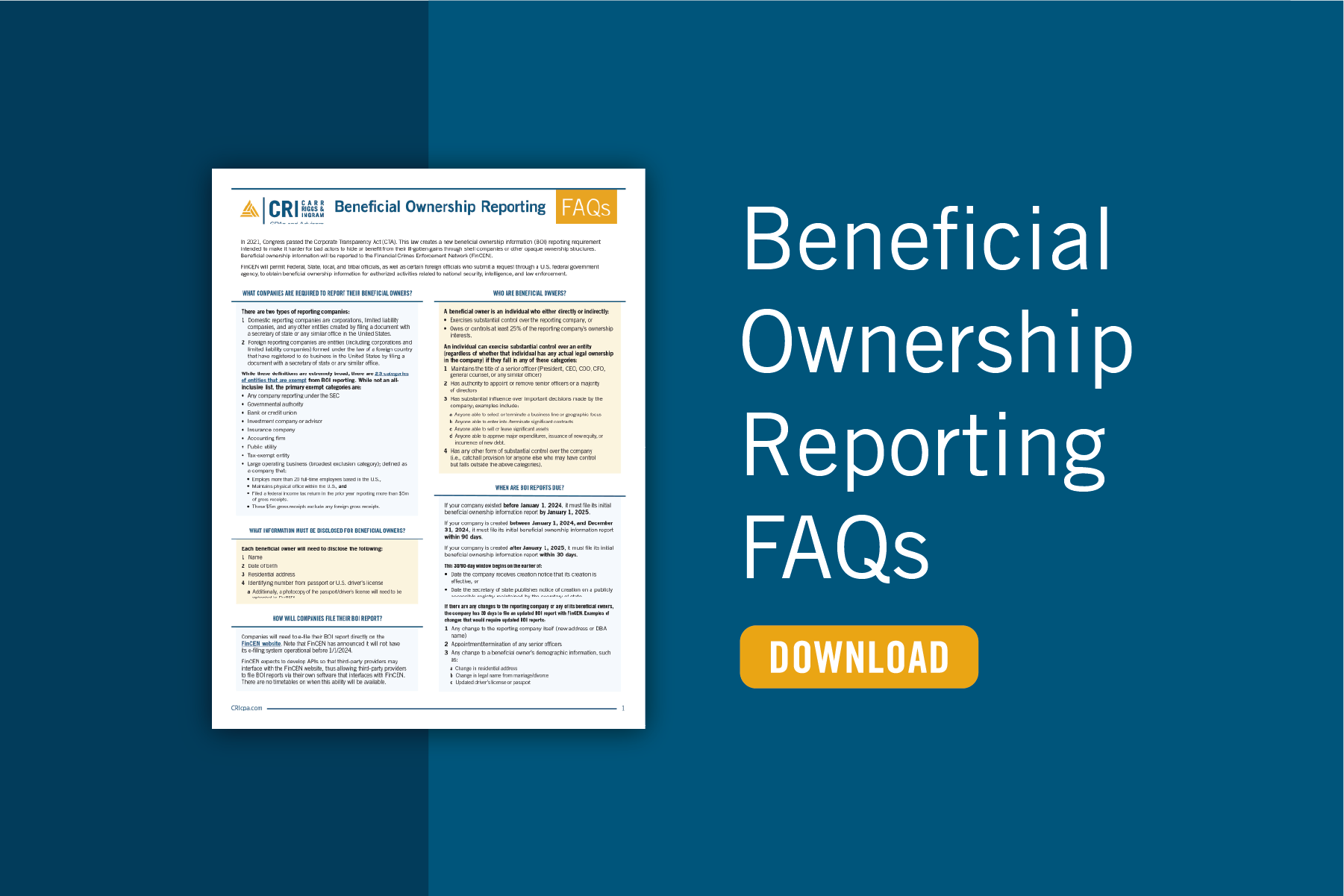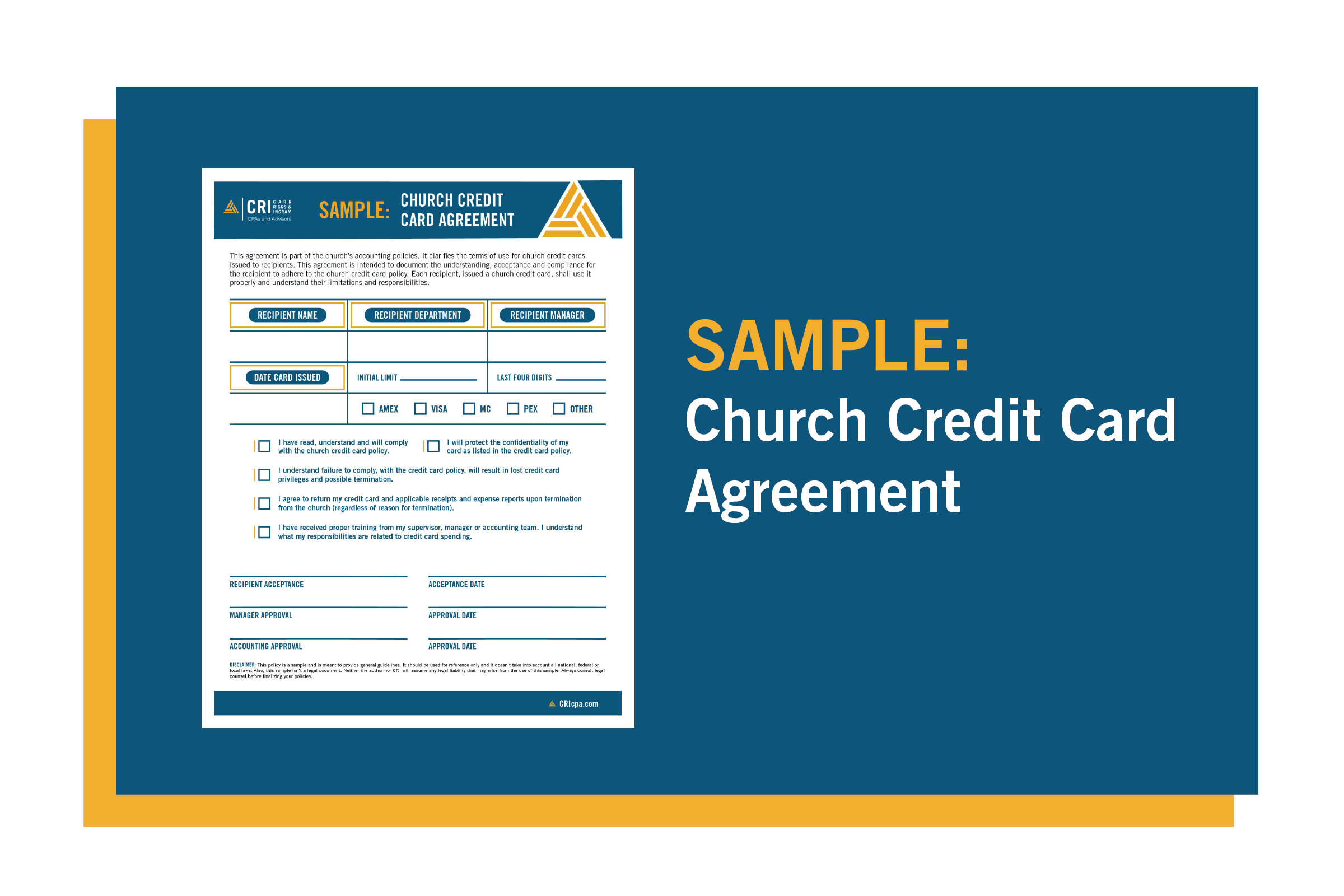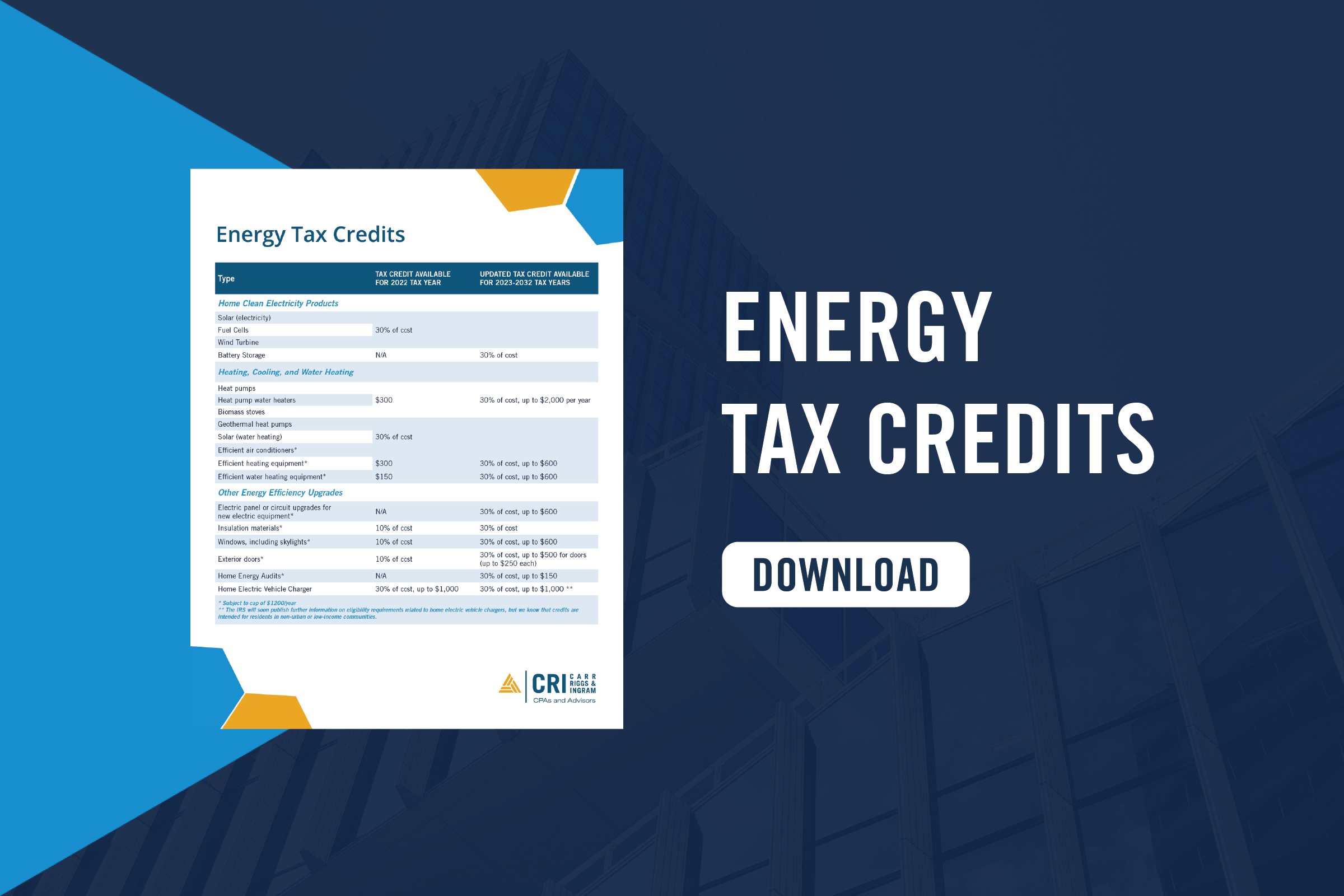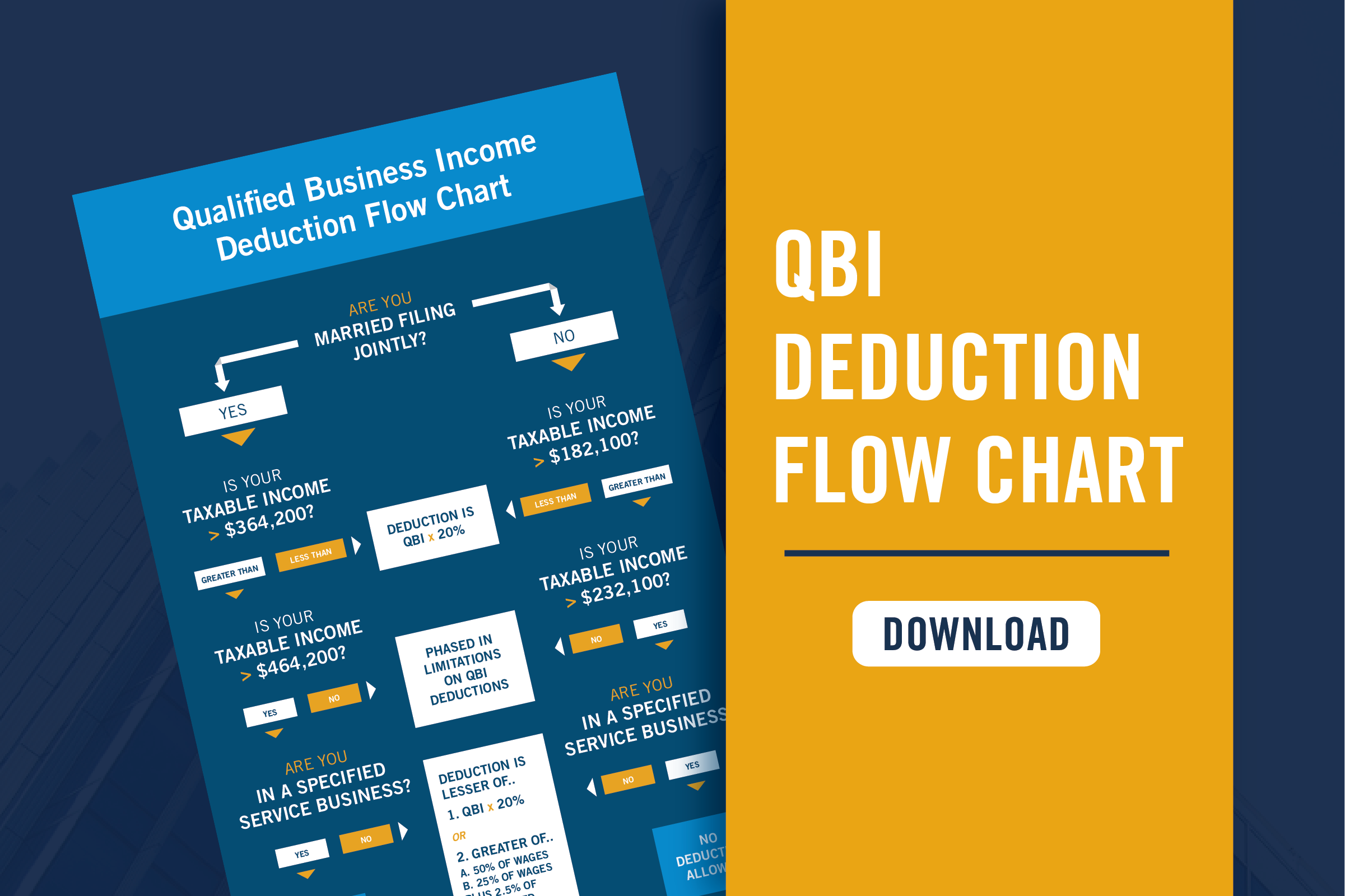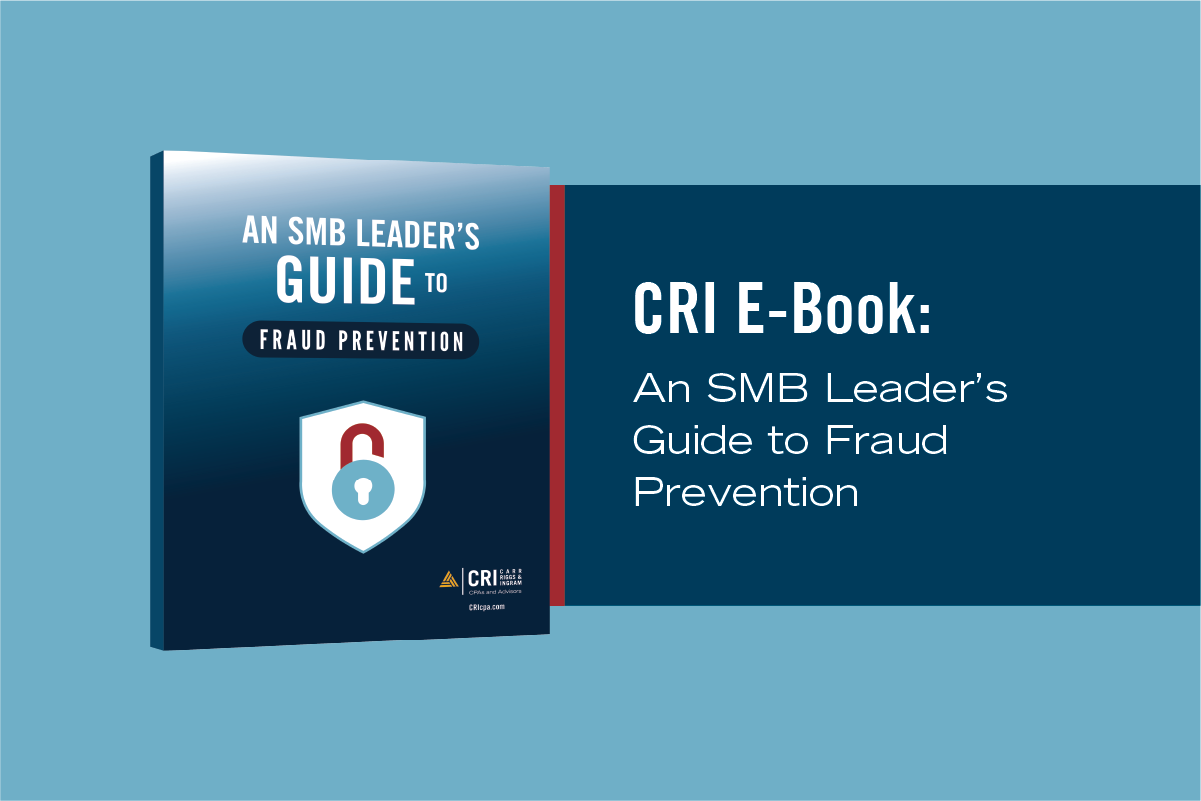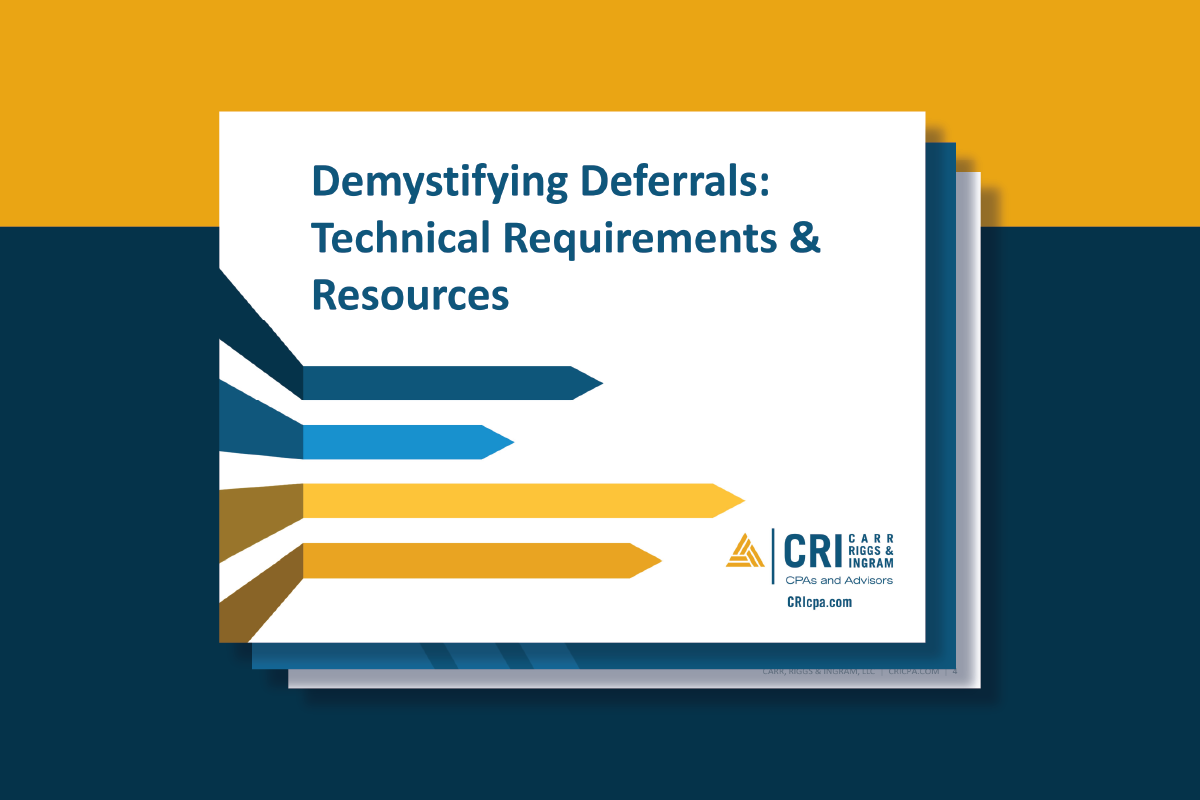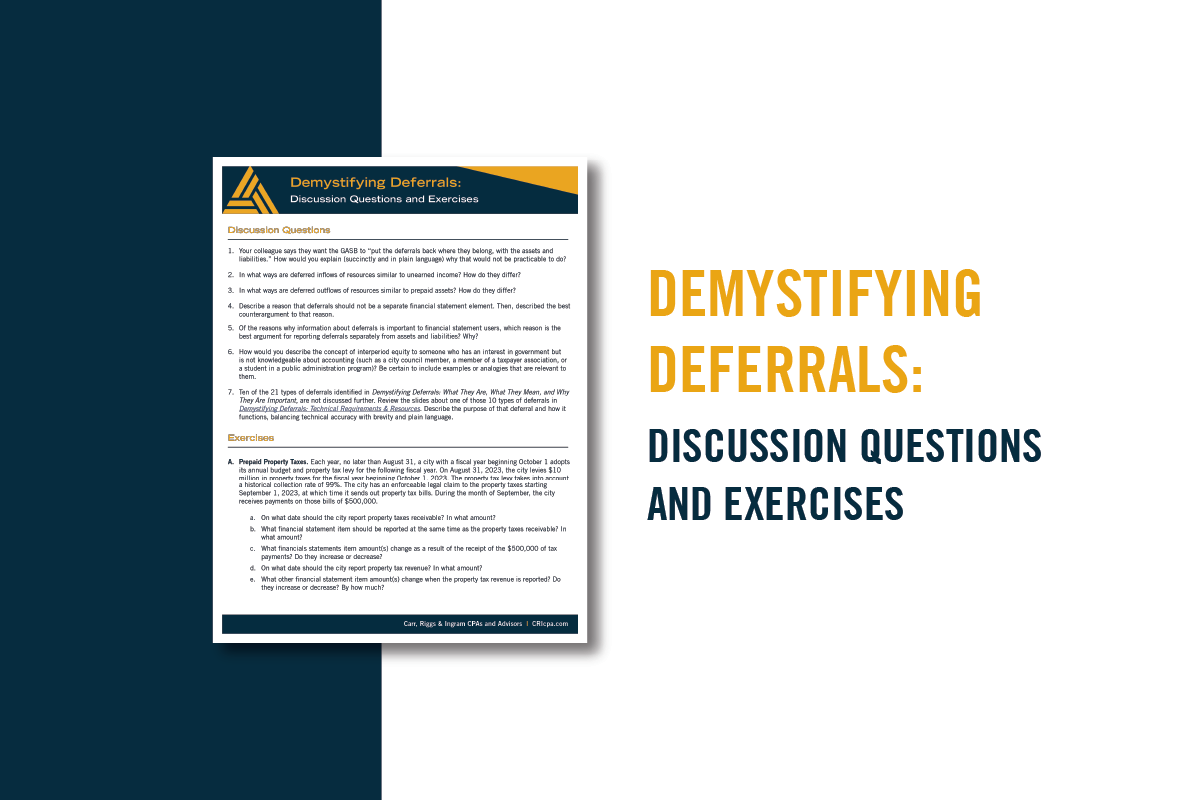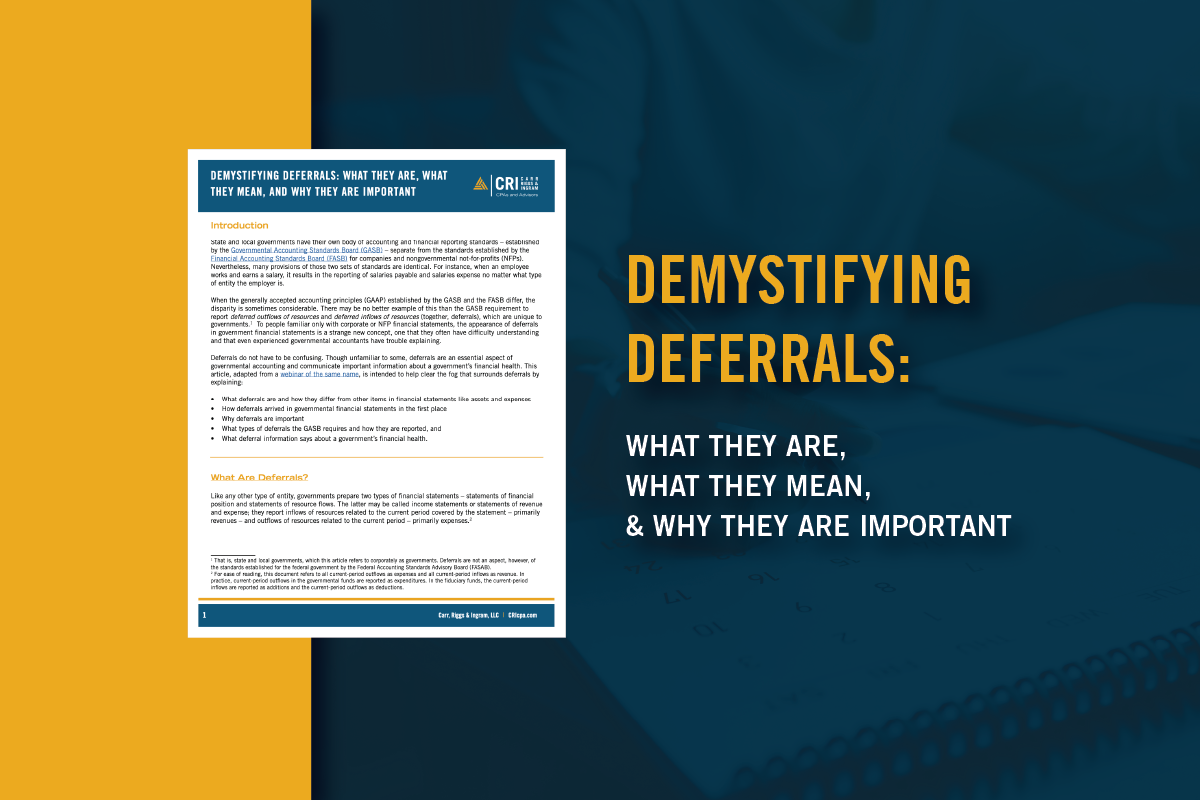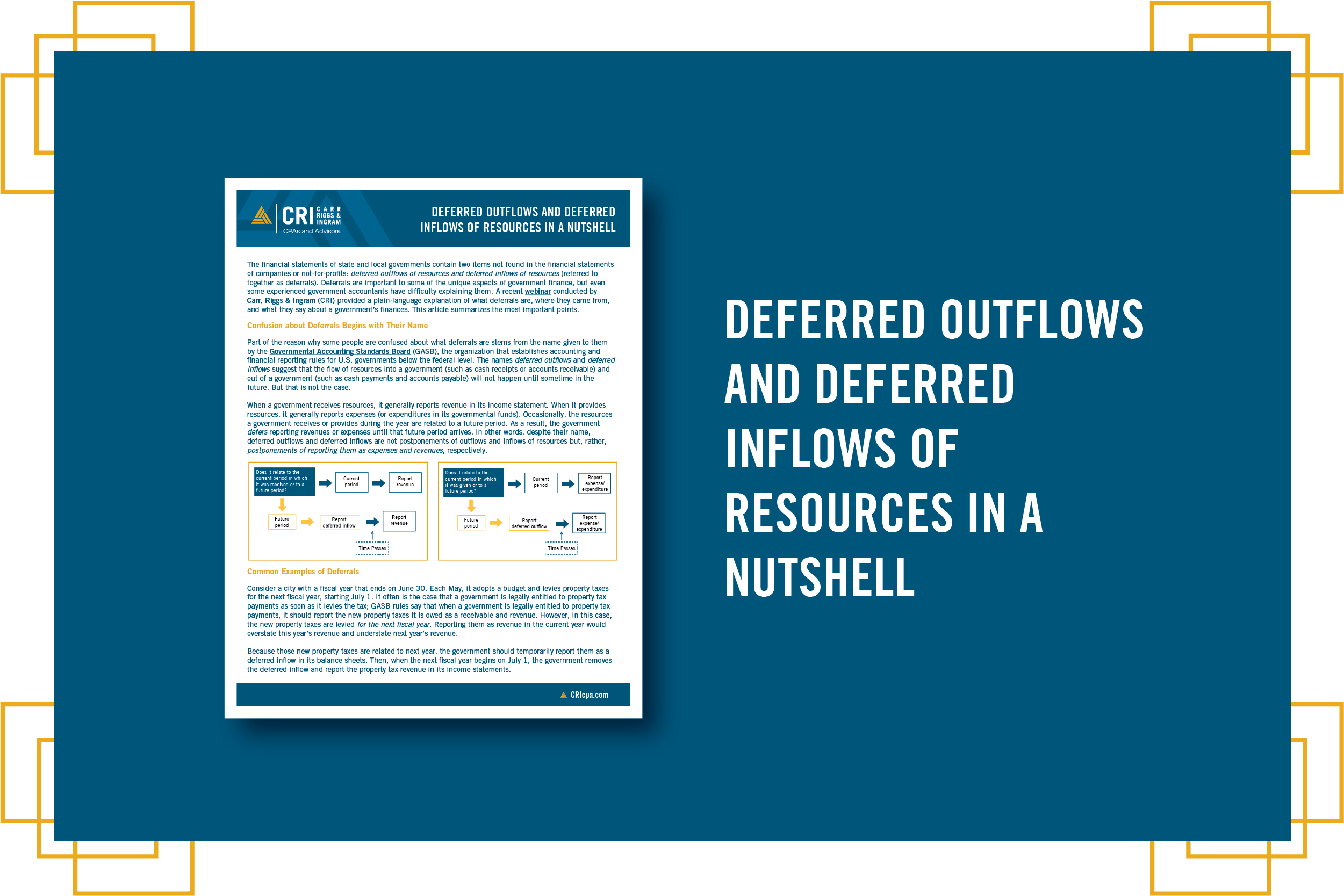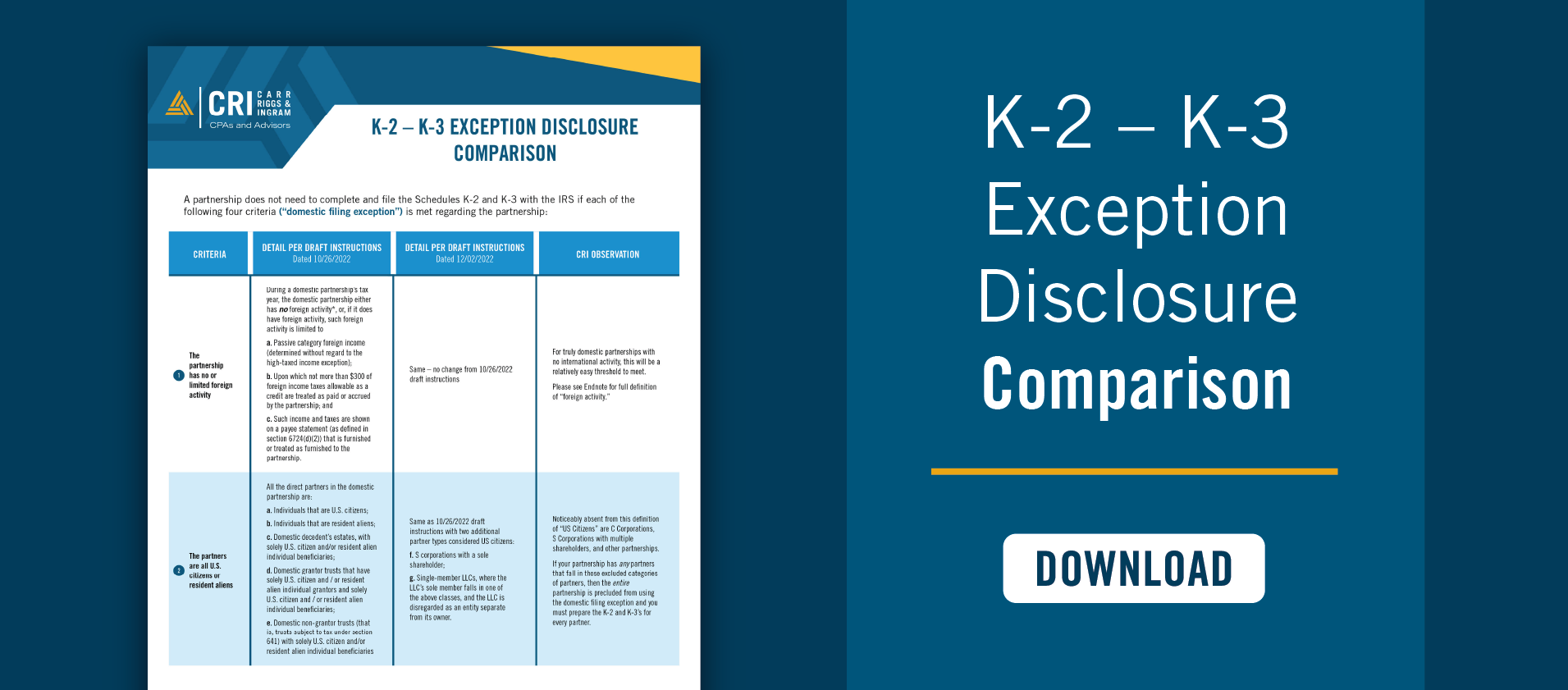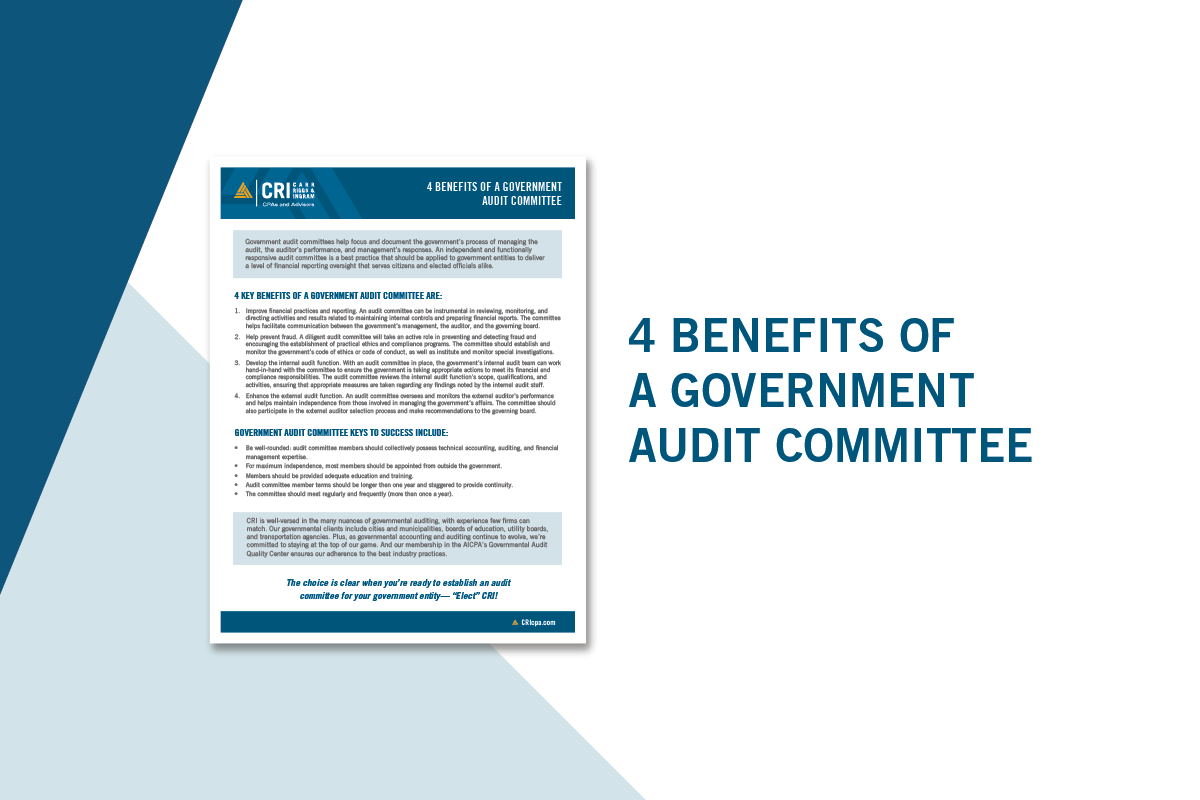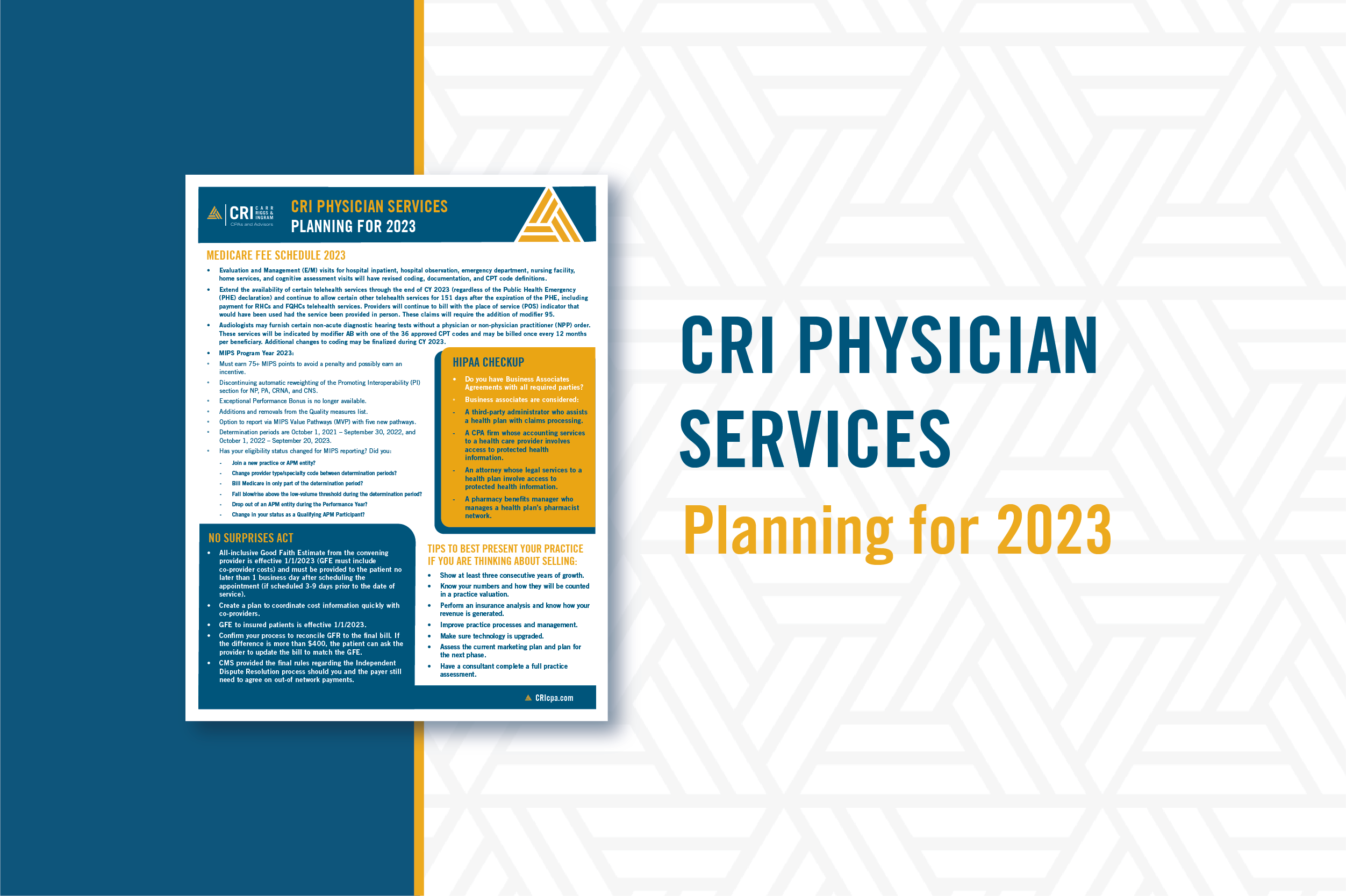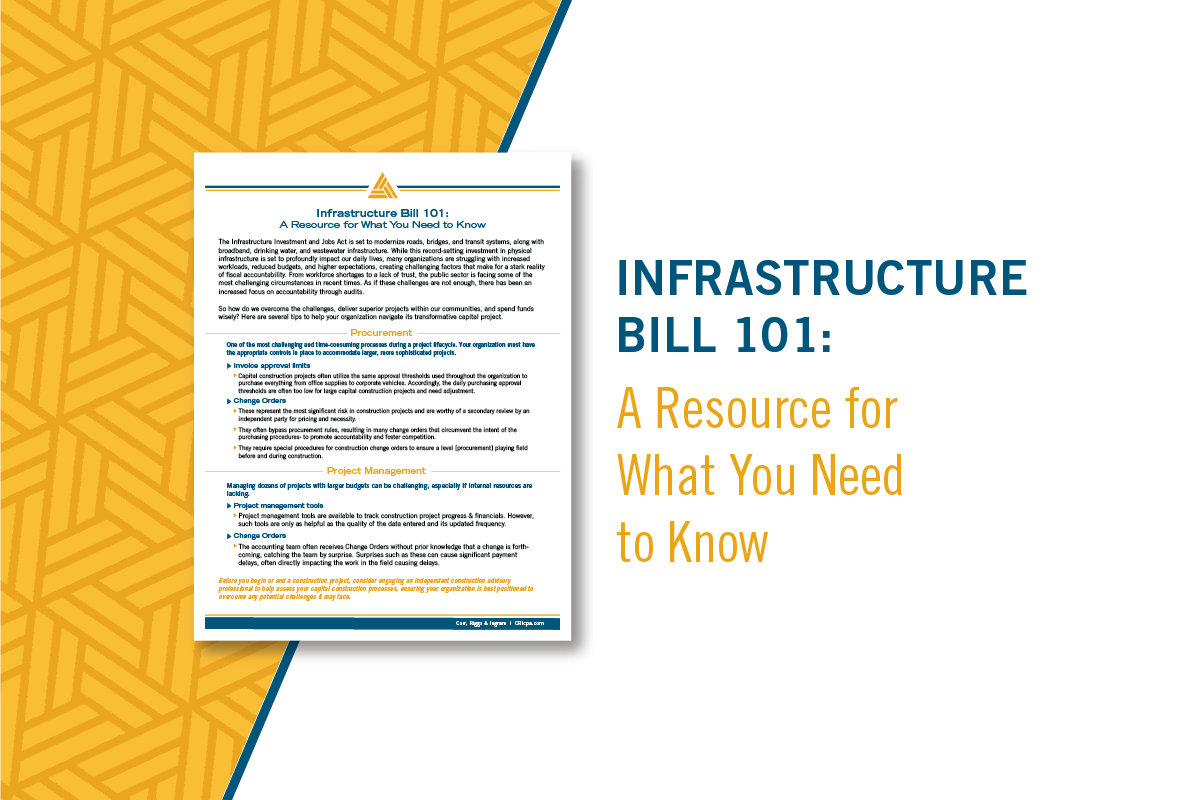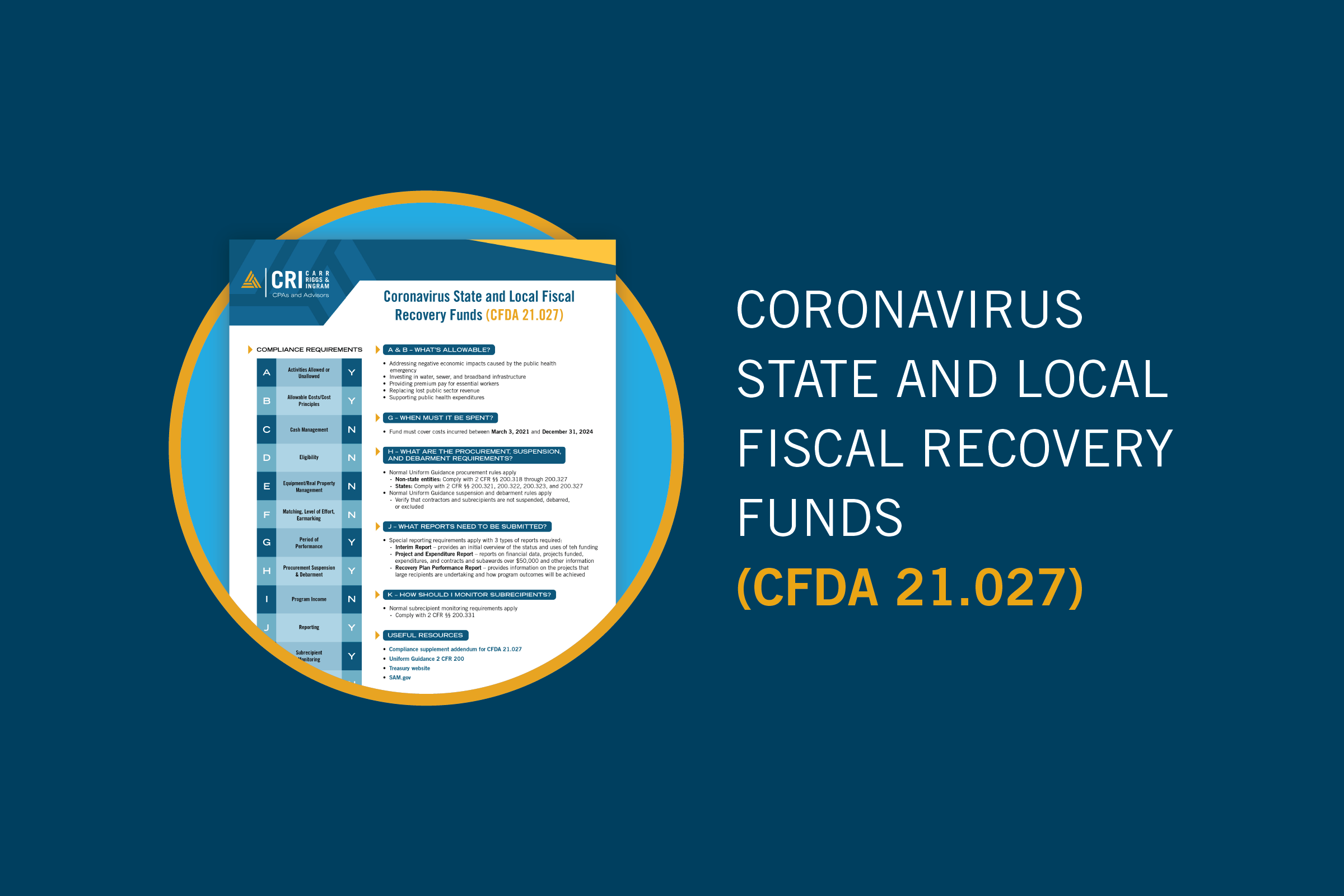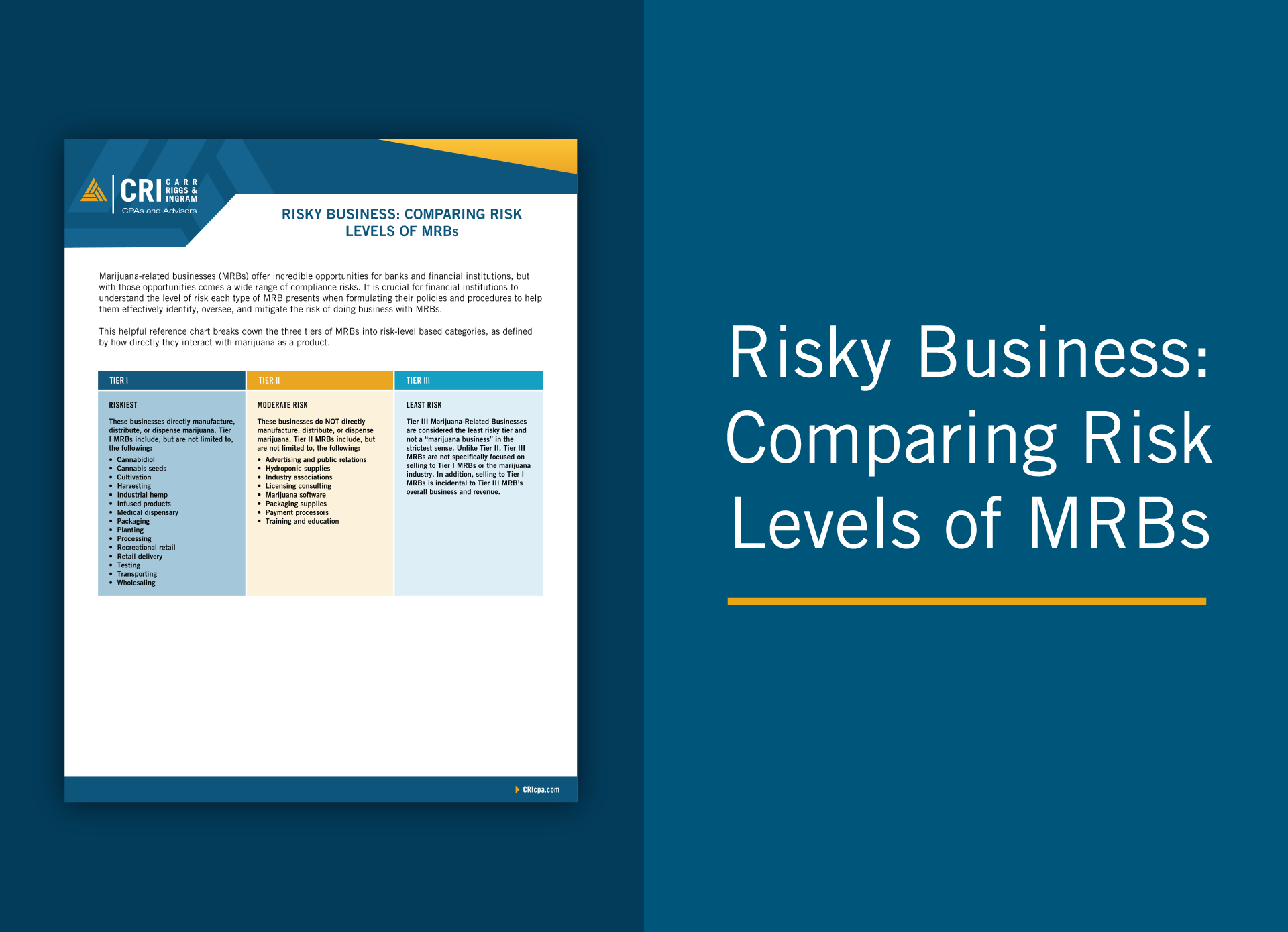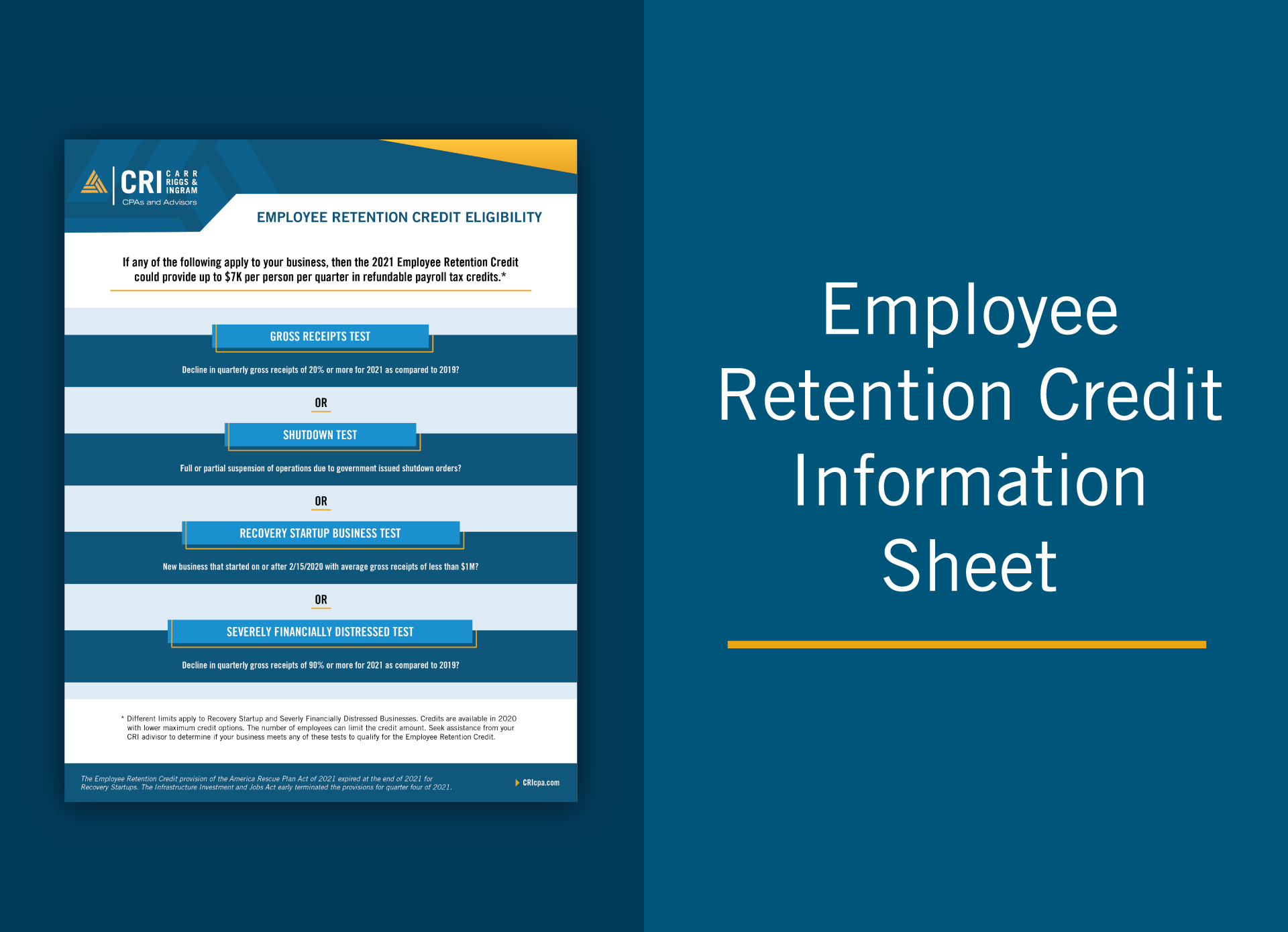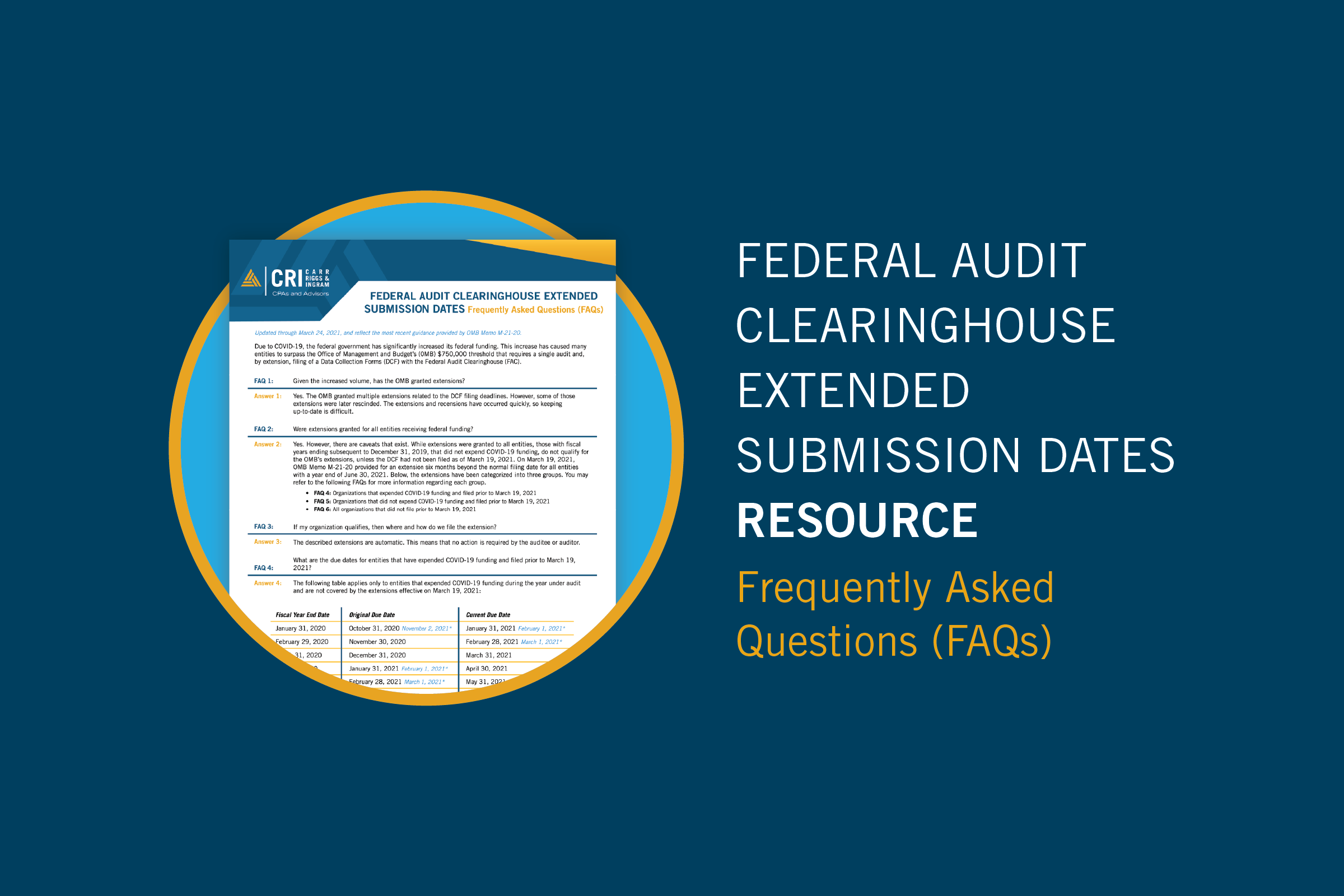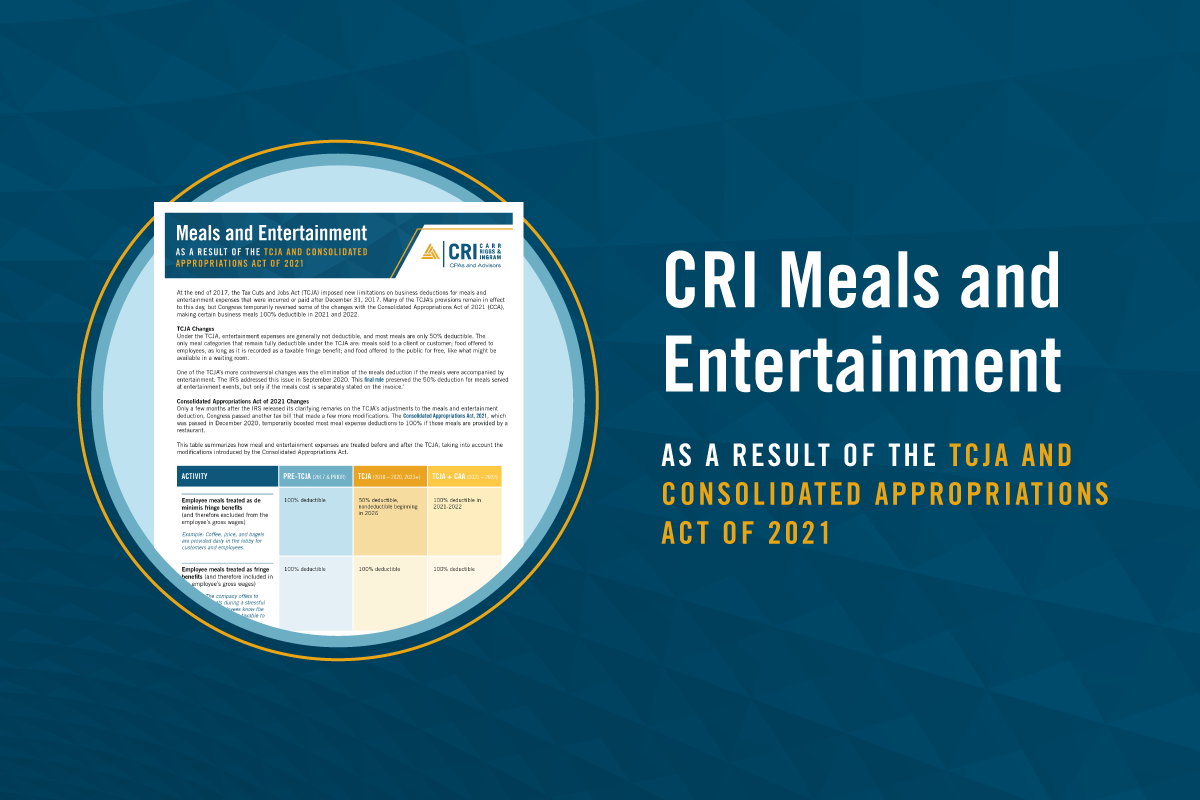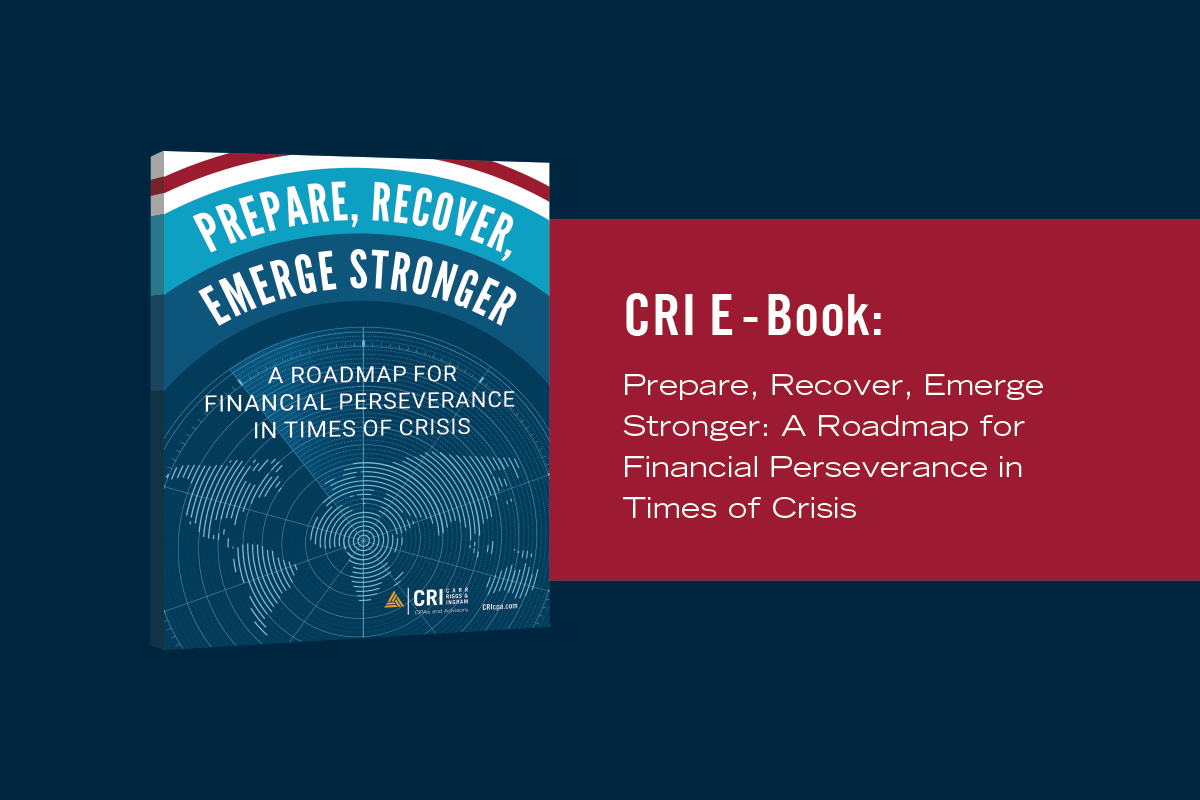Impressing Donors with Nonprofit Financial Information
Dec 15, 2019
We all know first impressions count in many situations. First impressions are even important when trying to attract funding organizations and large individual contributors to donate money to a not-for-profit, and financial information is often the first impression of a potential contributor. With that in mind, there are a few considerations when preparing and presenting nonprofit financial statements to a prospective contributor.
Financial Documentation & Ratio Comparisons
Before deciding where to put its dollars, a major contributor will typically request two pieces of information to assess a not-for-profit organization. They are:
- The most recent audit or financial statements prepared by a CPA.
- The most recently filed Form 990.
The challenge is to make sure that these documents accurately and favorably represent the not-for-profit organization. GuideStar provides Form 990 information to the public for free, so the form is, therefore, a critical component of a not-for-profit organization’s branding. Armed with this information, a potential donor can easily compare one organization with other organizations. For example, donors often take information from a not-for-profit’s financial statement and Form 990 to determine three ratios.
1. Fundraising Efficiency Ratio
A nonprofit’s fundraising efficiency ratio is calculated as follows:
Total fundraising expense___
Contribution and grant revenue
The denominator of contribution and grant revenue refers to revenues received as a direct result of fundraising activities. Then, the cost to raise each contribution dollar is the resulting percentage. A lower percentage generally means there are more dollars available to support program services. As a general guideline, the Better Business Bureau (BBB) states that this percentage should be no more than 35%, which would mean it costs $0.35 or less to raise each contribution or grant dollar. It’s also important to benchmark the fundraising efficiency ratio against organizations with similar operations. A nonprofit with a shelter program will inherently have higher overhead expenses than an organization without brick and mortar expenses, consequently achieving a higher ratio.
2. Management Expense Ratio
Another measure of efficiency for a not-for-profit is the portion of expenditures spent to support administrative functions, which is known as the management expense ratio. The calculation is:
Total management and general expenses
Total expenses
Donors want to see their donations support program services and will seek out organizations with a low percentage of total management and general expenses, usually in the range of 25% or less. A not-for-profit organization with a high percentage will generally be deemed operationally inefficient unless it’s able to communicate the reasons for the unusually high percentage.
3. Program Spending Ratio
The program spending ratio is the most common benchmarking measurement that interests possible contributors. The ratio is calculated as follows:
Program expenses
Total expenses
The resulting percentage is the portion of not-for-profit expenditures spent on program services. As the percentage increases, so does the organization’s efficiency with donor dollars.
In the BBB’s Standards for Charity Accountability, the BBB holds that a nonprofit should have a program spending ratio of 65% or higher. Several not-for-profit watchdog organizations, including the American Institute of Philanthropy, routinely rate and publish this percentage for some of the larger and more prominent not-for-profit organizations.
A contributor will benchmark not-for-profits against these percentages to determine how efficiently an organization spends its dollars. By accurately categorizing expenses by function, a not-for-profit can maximize the amount allocated to program costs (as opposed to management and general or fundraising expenses).
The importance of expense allocation becomes very important with the recent passage of FASB’s ASU 2016-14, Presentation of Financial Statements of Not-for-Profit Entities.
Other Factors Donors Consider
Some donors may perform a trend analysis, placing the three most recent years of financial information side-by-side to evaluate trends in revenue and expenses. A decreasing trend in financial support could indicate that the not-for-profit will be unsustainable in the future. Alternatively, the not-for-profit could be experiencing some inefficiencies or mismanagement if fundraising expenses are growing at a faster rate than program expenses.
Additionally, a successful not-for-profit organization avoids accumulating an excess of unrestricted funds that otherwise could be directed toward program services. If unrestricted net assets appear excessive, a donor may decide the not-for-profit does not need the contribution. According to BBB guidelines, a not-for-profit’s unrestricted net assets available for use should be no more than three times the size of its past year’s expenses or its current year’s budget, whichever is higher. To avoid the appearance of accumulating excess funds, designate certain amounts for specific purposes (e.g. debt service or building repairs) either on the face of the Statement of Financial Position or in a descriptive footnote.
Donors have long-valued expense ratios and other metrics that quantify your financial health. But potential contributors are often just as interested in the impact a nonprofit makes in the community. Reports that measure the outcomes of program dollars spent are beneficial in a prospective contributor’s decision-making process.
In short, it’s in the best interest of an organization to understand what the numerical information on financial statements and Form 990 can represent to funding organizations, individual contributors, and others in the public domain. The first impression presented in these documents can often be a deciding factor.
Contact CRI’s not-for-profit CPAs for help determining if your not-for-profit financial statements are giving the best possible first impression.

